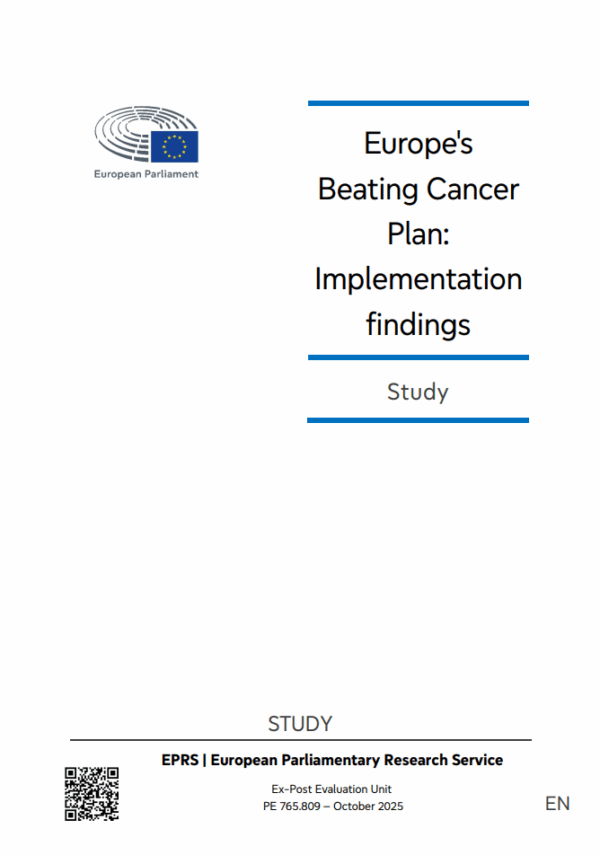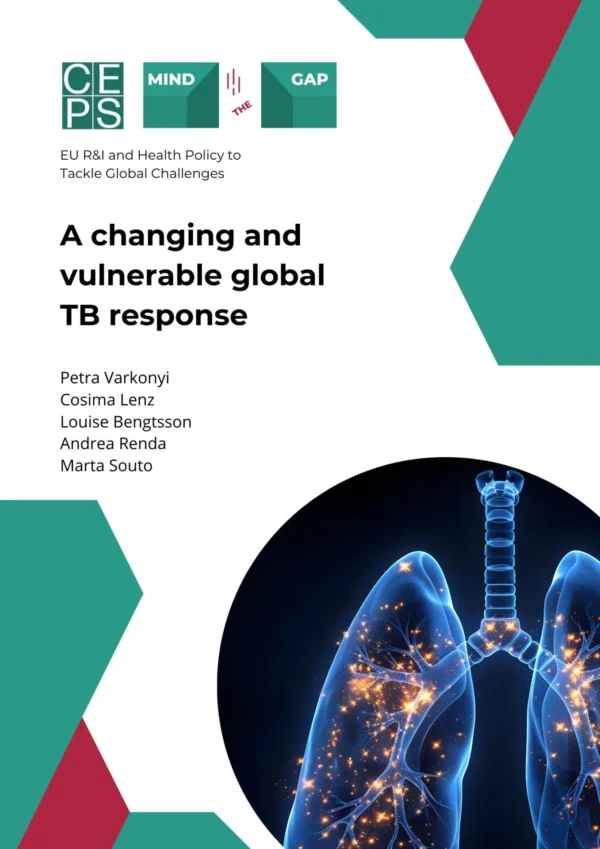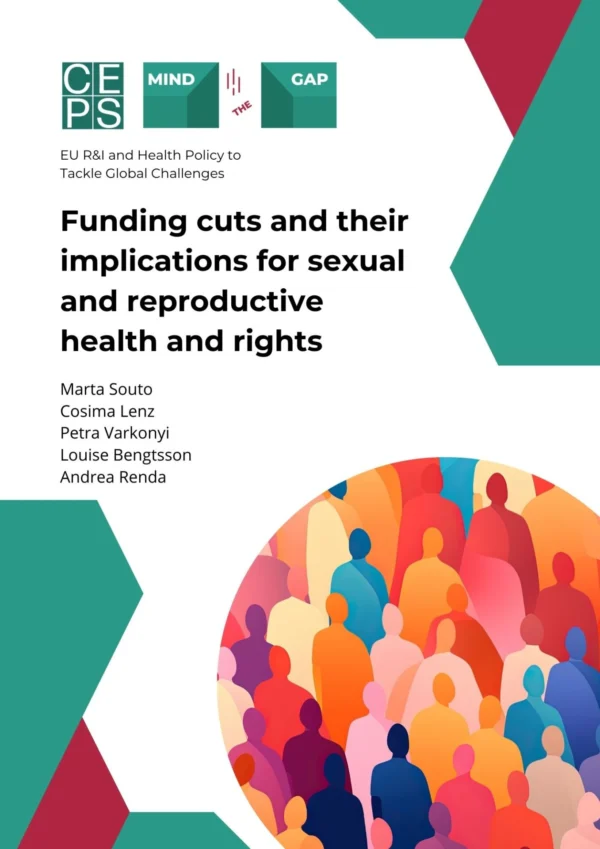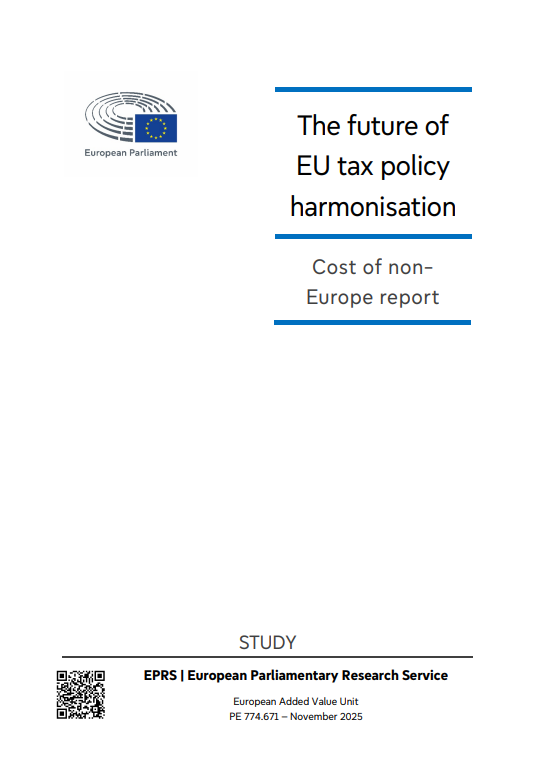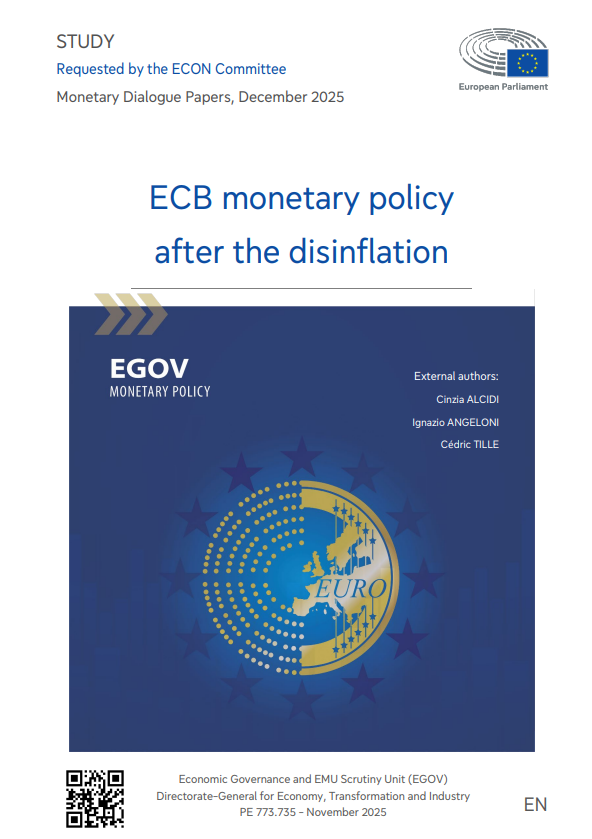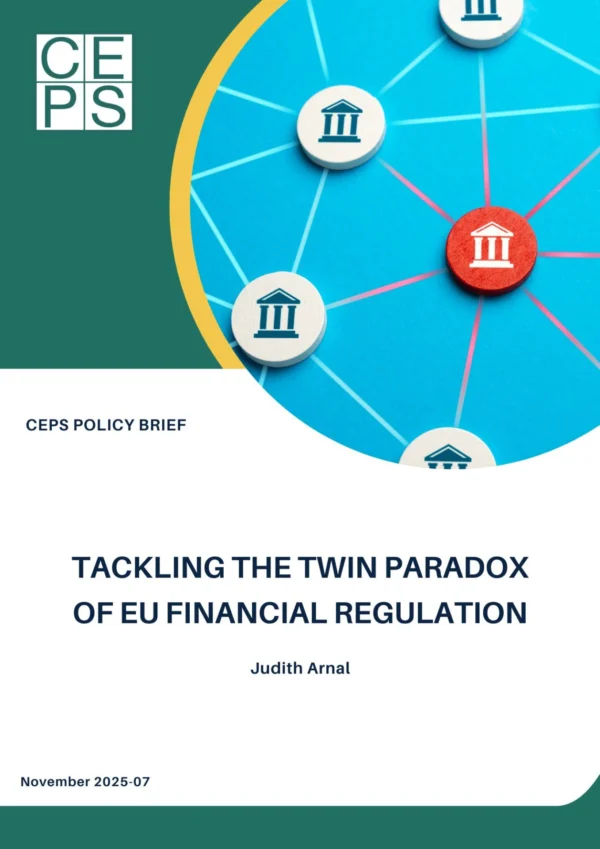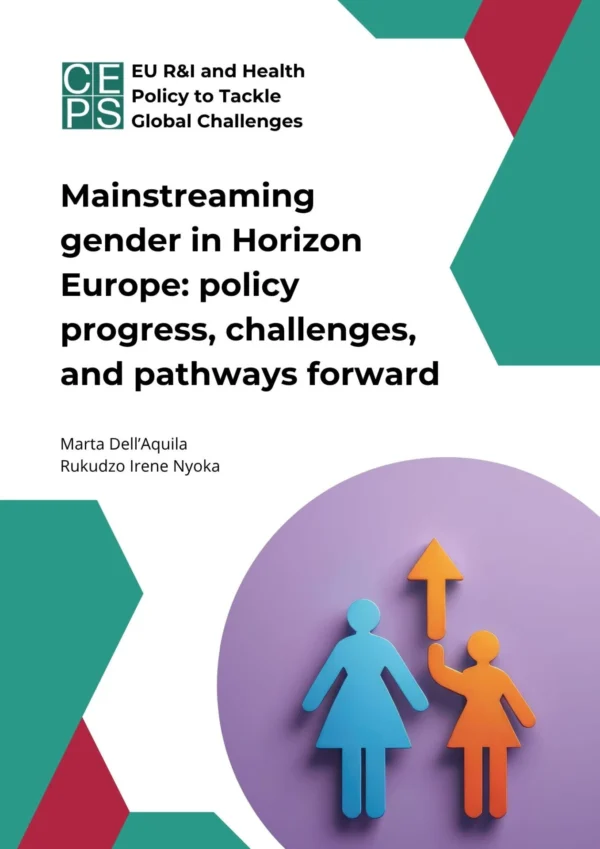Authors: Jorge Nuñez Ferrer and Cinzia Alcidi
Despite its sharper focus on long-term growth, the EU budget is still not designed to fulfil a stabilisation function. More can be done.
Developed mainly as a sectoral support for agriculture and an investment tool at EU and regional level, the EU budget combines a rigid structure with a limited capacity. This makes it unfit to respond promptly and adequately to economic shocks or implement measures to counteract business cycle fluctuations.
The EU budget’s more traditional tools for cohesion and research are playing some role in stabilisation, as its investment actions have the potential to strengthen competitiveness and economic resilience. This role has been strengthened by many reforms in recent years that have focused on improving the targeting of investments in line with EU 2020 objectives. It was already apparent before the crisis that the EU budget’s de facto aim to ‘financially compensate’ countries losing out to integration was not enough to ensure cohesion or promote growth at EU level. Without clear priorities for expenditure on investments, it lacked the rules and structure necessary for prioritising long-term growth. Today, the EU budget has a much better focus and also increasingly offers debt and equity instruments, through the EIB and other banks’ support, to promote and fund investments for a stronger economy.
Nevertheless, countercyclical and emergency funds are neither a major feature nor a major objective of the EU budget and the question remains if the EU budget is the right tool for stabilisation. Outside the EU budget framework, but guaranteed by its unspent margin up to the ceiling of the EU budget at 1.23% of GNI, the Balance of Payments (BoP) assistance for non-eurozone members and the European Financial Stabilisation Mechanism (EFSM) for eurozone members offer macroeconomic support to countries threatened or experiencing severe financial difficulties, but their capacity is limited. In addition, we also find within this budgetary margin the European Union Solidarity Fund that can provide limited financial aid to member states affected by a major natural disaster, and in a similar vein, the European Globalisation Adjustment Fund, offering one-off assistance to workers in the context of unexpected dismissals associated with developments in global trade and economic disruption. All these tools combine financial stability and cyclical stabilisation purposes, but they only act in exceptional instances. They are also not permanent, automatic, rapid nor appropriate for a protracted period of crisis.
The European Commission’s proposals for the next multiannual financial framework[1] include provisions for a European Investment Stabilisation Function (EISF) to guarantee back-to-back loans of up to €30 billion to support economies under strain. The amount is less than the capacity of the present BoP assistance (€50 billion), and that of the EFSM (€60 billion), which it replaces. It is therefore hardly a step forward in terms of magnitude. However, the EISF can be used in response to small asymmetric shocks in a member state, while larger financial shocks, potentially threatening the entire Union, are addressed by the ESM (European Stability Mechanism). The Commission also proposes more flexibility to shift funding between headings and occasionally to allow support for areas of difficulty, such as youth unemployment, thereby introducing another element with countercyclical properties. Nevertheless, the budget is small and the largest part of it is still pre-allocated.
Overall, there are several limitations that prevent the EU funds and initiatives endowed with a stabilisation function from performing as stabilisers. The budget decidedly does not include some of the key features of a real economic stabilisation tool, which would require an automatic trigger, prompt disbursement, and a dynamic set of beneficiaries – i.e. automatic and permanent transfer mechanisms. The measures within the budget designed to absorb shocks and counter the business cycle in case of downturns are modest and are mainly located outside of the Multiannual Financial Framework, so that resources are not available directly, but need to be requested every time. This situation is largely due to the fact that the stabilisation function at the EU level only emerged incidentally, as a result of the threats and urgency presented by the crisis and its effect. A political process that clearly identifies stabilisation as a desirable and necessary feature of EU expenditure is still lacking, and is also missing from Commission proposals.
More could be done by integrating a stabilisation function for employment-related issues in the budget with enhanced pre-financing, which can act to counterbalance excessive imbalances in youth unemployment and shocks from trade and disruptive economic events. However, the establishment of significant instruments for stabilisation will no doubt be dependent on whether the European Stability Mechanism is enhanced in the future to become a European Monetary Fund, and the completion of the banking union.
However, meanwhile, the EU budget is far from being the instrument of choice and it is far from clear whether it should actually aim to offer this function.
[1] https://ec.europa.eu/commission/sites/beta-political/files/communication-modern-budget-may_2018_en.pdf
Jorge Núñez Ferrer is Senior Research Fellow and Cinzia Alcidi is Senior Research Fellow and Head of the Economic Policy Unit at CEPS. The views expressed in this contribution are those of the author’s alone and do not necessarily reflect the view of CEPS. As an institution, CEPS takes no official position on questions of EU policy.
CEPS Commentaries offer concise, policy-oriented insights into topical issues in European affairs.
© CEPS 2018?






